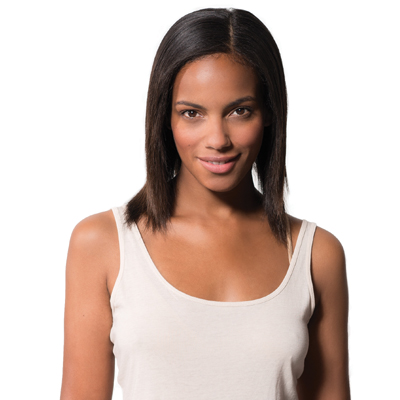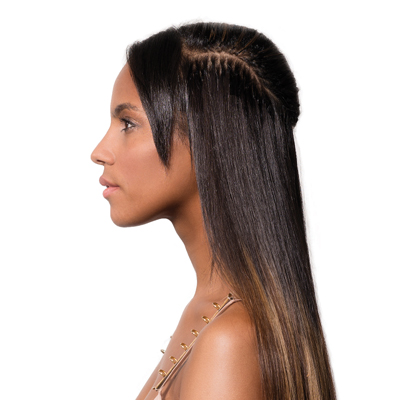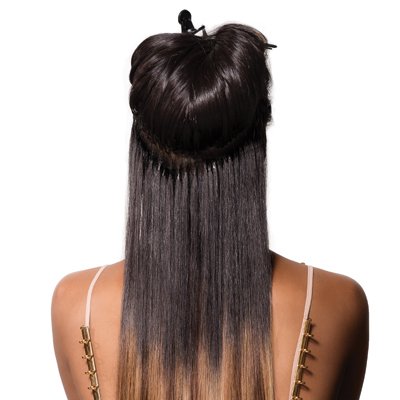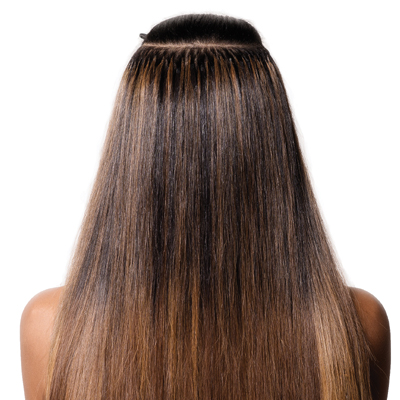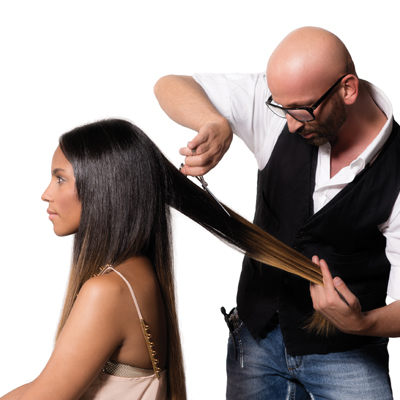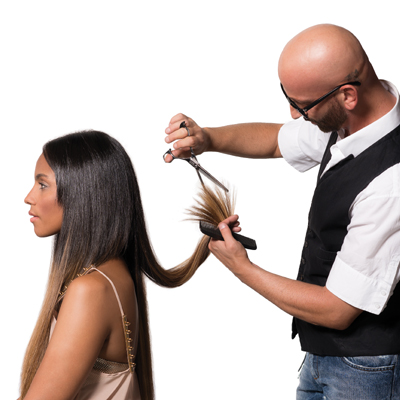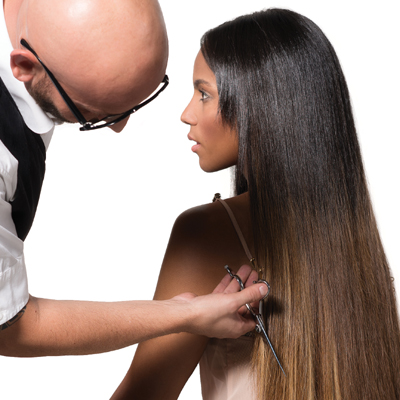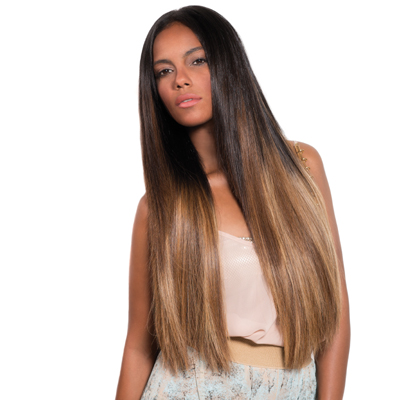Last updated: July 19, 2017
Honey and Amber Ombré by Great Lengths
Honey and Amber Ombré by Great Lengths
HOW-TO STEPS 
YOU MIGHT LIKE THIS
-
Hair
Ombré with Extensions from Great Lengths
-
Hair Color
Orchid Ombré by Great Lengths
-
Hair
Great Lengths “Ombre Coloration” Extension
-
Hair Extensions
How-To: Fierce, Flowy Ombré
-
Hair Extensions
Asymmetrical-Twisted Updo


TRENDING NOW!
-
BTC Hair Trend Report
The Biggest Haircut Trends of 2024
-
Copper
What Is The "Cowboy Copper" Hair Trend? Here's What It Really Means...
-
Bobs
How to Avoid a Bulky Bob: 4 Techniques To Try
-
Hair Color
WWYD: How To Stop Your 6N From Turning Orange
-
Uncategorized
TikTok's Viral "Scandinavian Hairline" Is Actually Not New...
-
Celebrity
10 BIPOC Celebrity Hairstylists Who Are Making Major Waves In The Industry Right Now
-
Glossing/ Toning
How To Achieve "Glass Hair": Smart Hacks From Hairdressers
-
Curly
Long Layers: 10 Pro Tips + Common Cutting Mistakes







